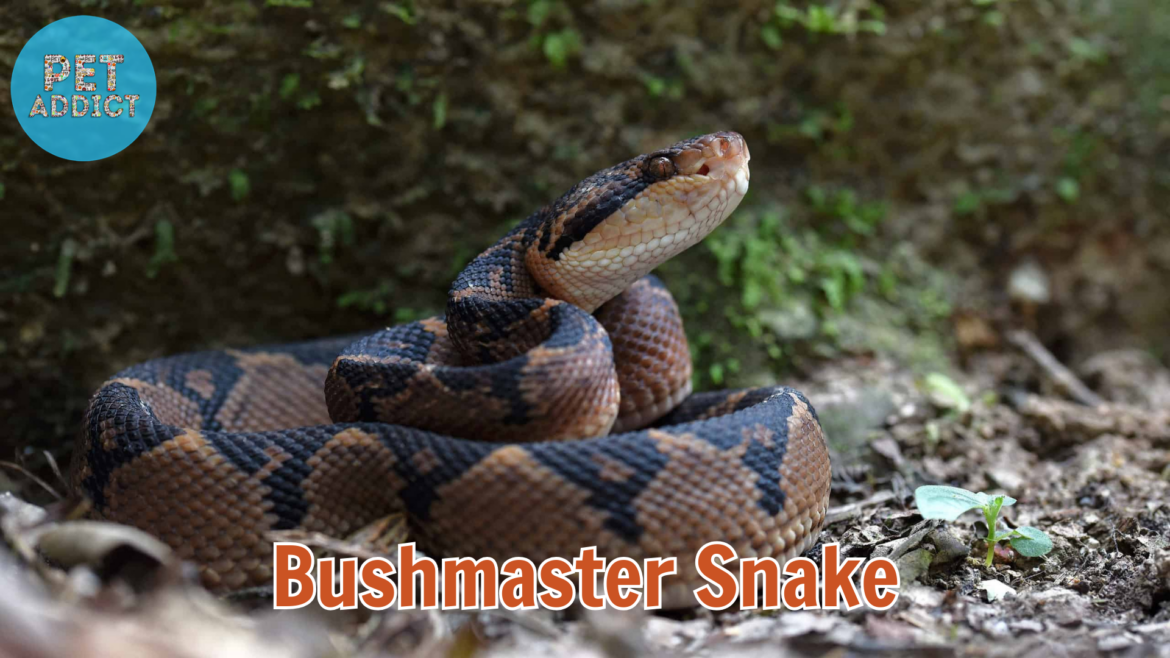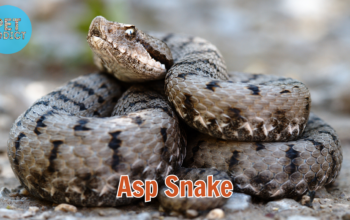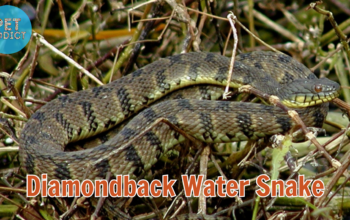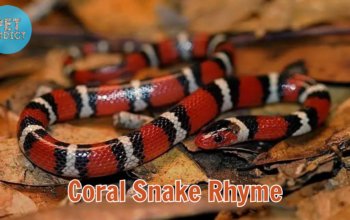The Bushmaster snake, scientifically known as Lachesis, is a captivating and enigmatic species that has earned a reputation as one of the most feared and revered serpents in the world. This venomous pit viper is renowned for its striking appearance, potent venom, and elusive behavior. In this article, we will explore the fascinating world of the Bushmaster snake, delving into its characteristics, habitat, behavior, and the importance of conservation.
PetAddict.net – The best place where you can find everything about your pet!
Appearance
The Bushmaster is the longest venomous snake in the Americas and ranks among the largest venomous snakes globally. Its impressive size, often exceeding 10 feet (3 meters), and robust build make it an imposing presence in its native habitats. These snakes typically exhibit a stunning range of color variations, including shades of green, brown, and reddish-brown, which help them blend seamlessly into the rainforest environment. Their scales are keeled, providing additional traction and camouflaging texture.
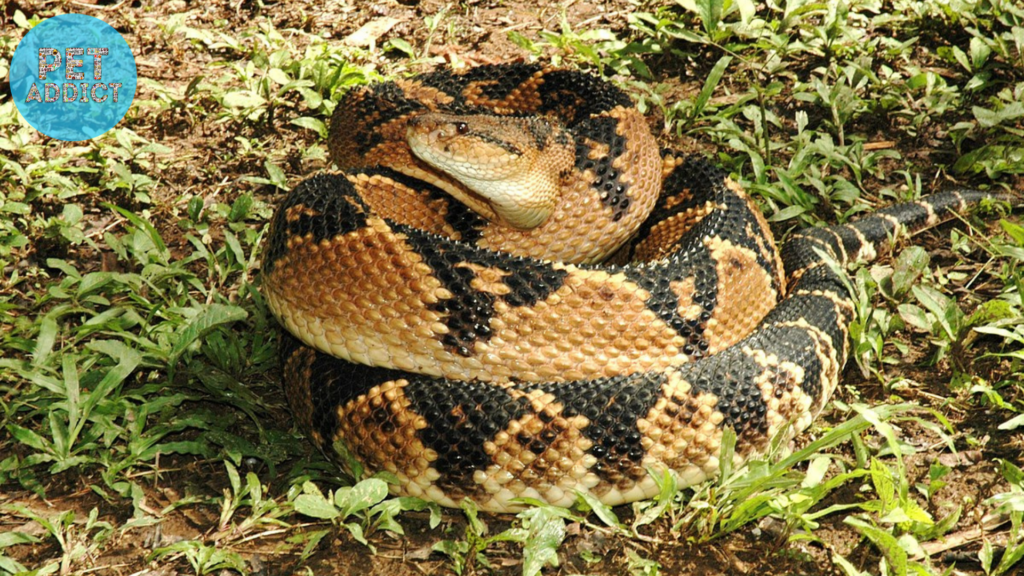
One of the most distinguishing features of the Bushmaster is its triangular-shaped head and heat-sensing pits located between its eyes and nostrils. These pits enable the snake to detect the body heat of prey, even in total darkness.
Range and Habitat
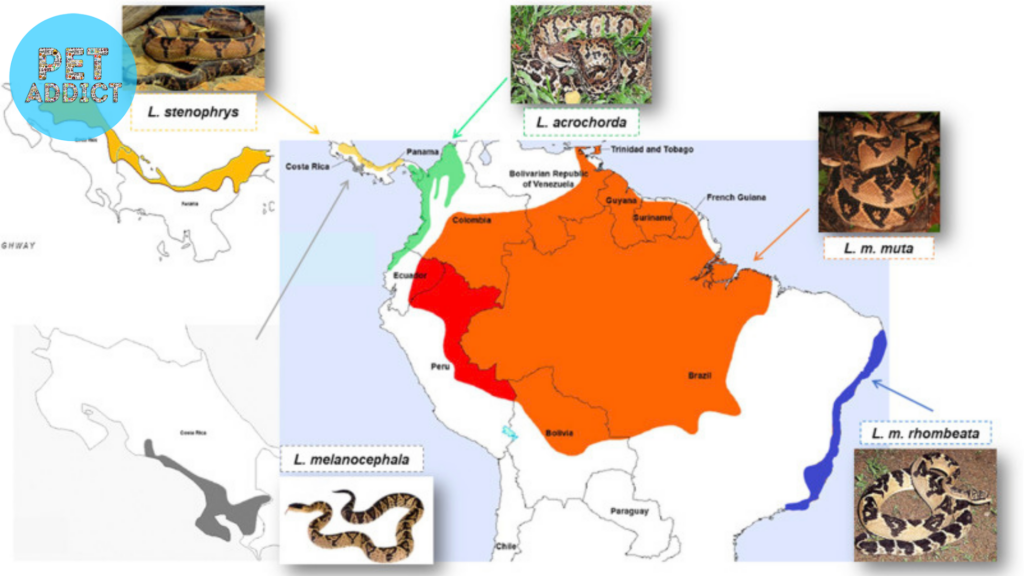
Bushmasters are primarily found in the tropical rainforests of Central and South America. They inhabit a range of environments, from dense rainforests to montane cloud forests, often residing near water sources. These secretive snakes are adept climbers and can be found both on the forest floor and in trees, making them truly versatile predators.
Behavior
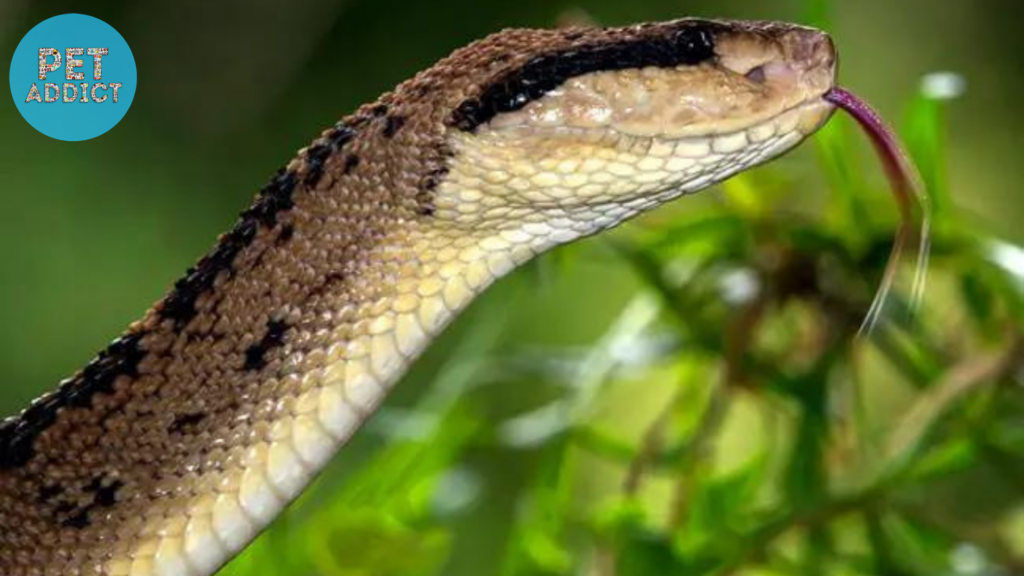
- Nocturnal Hunters: Bushmasters are primarily nocturnal, preferring to hunt and travel under the cover of darkness. Their keen sense of smell and heat-sensing pits allow them to locate warm-blooded prey such as rodents, birds, and other small mammals.
- Lethargic Nature: Bushmasters are known for their slow and deliberate movements. They are typically reclusive and avoid confrontation when possible. However, if threatened or cornered, they can strike with lightning speed.
- Venom: These snakes possess a potent hemotoxic venom, which affects the blood and tissues of their prey. While the venom can be life-threatening to humans if envenomated, Bushmasters are not inherently aggressive and will often choose to flee rather than confront intruders.
Reproduction
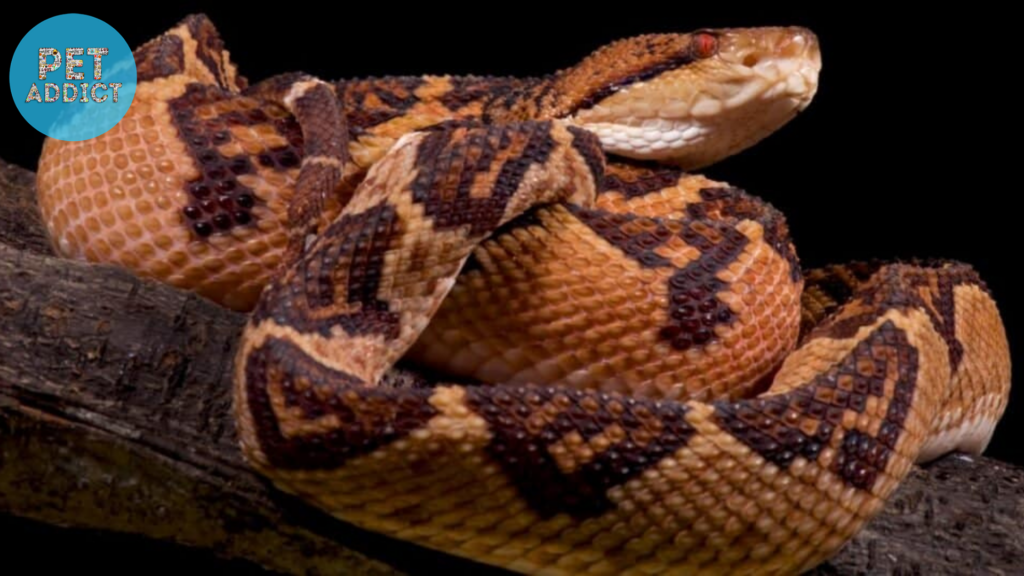
Bushmasters are ovoviviparous, which means that they give birth to live young rather than laying eggs. Mating typically occurs during the rainy season, and females give birth to a small number of well-developed offspring.
Conservation Status
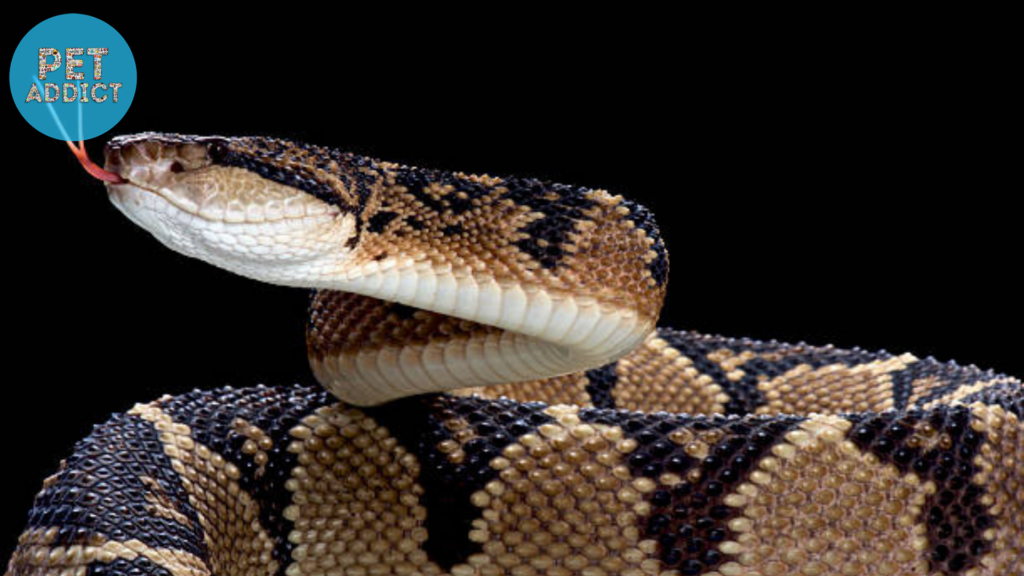
Due to their elusive nature and remote habitats, precise population data on Bushmasters are limited. However, like many other snake species, they face threats such as habitat destruction and persecution by humans. Conservation efforts are essential to protect these remarkable reptiles and their ecosystems. Ensuring the preservation of rainforests is crucial for the survival of not only Bushmasters but countless other species as well.
The Bushmaster’s Role in the Ecosystem
As apex predators, Bushmasters play a vital role in regulating prey populations, thereby maintaining the balance of their rainforest ecosystems. By preying on rodents and other small mammals, they help control potential pest species, contributing to the overall health and stability of their habitat.
In conclusion, the Bushmaster snake stands as a symbol of the untamed and awe-inspiring beauty of the world’s tropical rainforests. While its potent venom and imposing presence have garnered it a fearsome reputation, it is crucial to respect and conserve these magnificent creatures, recognizing their significance in maintaining the delicate balance of their natural environments. Through careful stewardship and habitat preservation, we can ensure the continued existence of the Bushmaster and the incredible biodiversity of the rainforests they call home.

